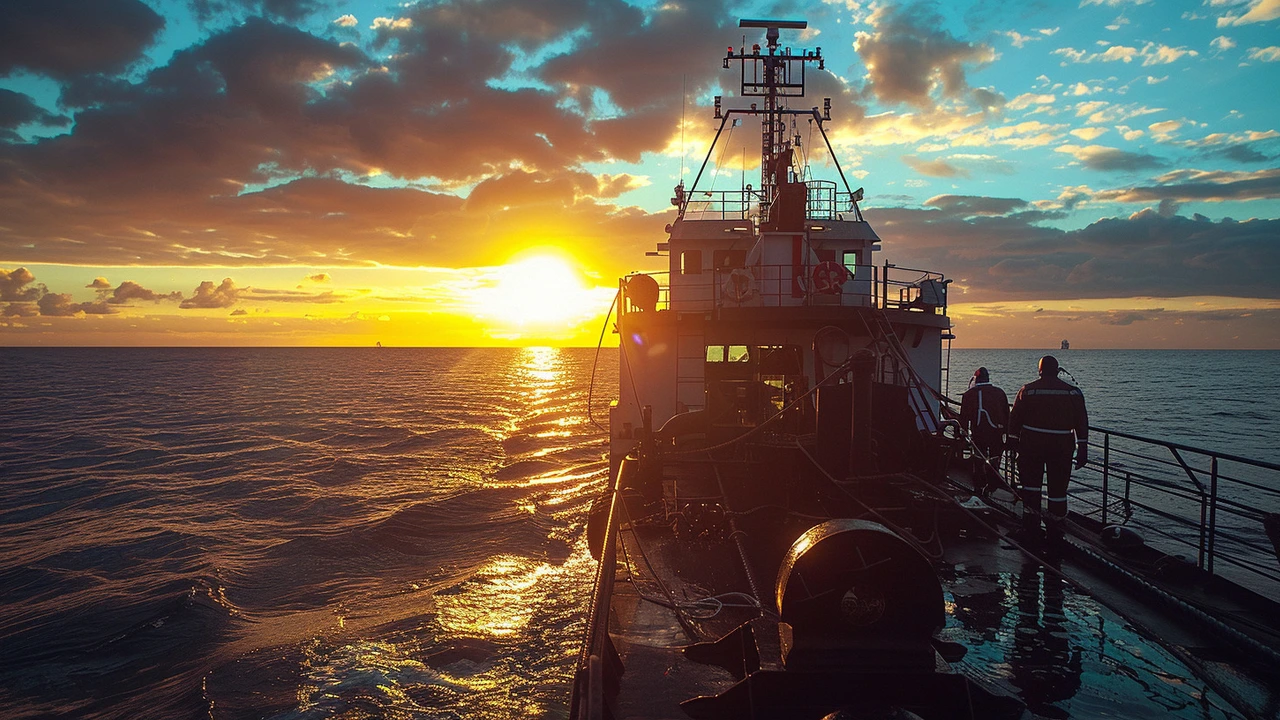Understanding Connectivity Infrastructure and Why It Matters
Connectivity infrastructure is the backbone that keeps our digital world running smoothly. Whether it's your phone, computer, or smart home devices, the networks connecting everything depend on solid infrastructure. But what exactly does this include? We're talking about the systems that support internet access, telephone services, and data transfer—from fiber optic cables to cell towers and satellite links.
Why should you care? Because good connectivity infrastructure directly affects how well and how fast you can browse, stream, work remotely, or even attend virtual meetings. Poor infrastructure means slow connections, frequent drops, or limited coverage—which can be frustrating and unproductive.
How Is Connectivity Infrastructure Evolving?
Technology is advancing quickly, pushing infrastructure upgrades to keep pace. For example, many countries are investing in 5G networks to provide faster speeds and lower latency. Fiber optic deployments are expanding to replace older copper wires, enabling much higher data rates. Plus, satellite internet services are becoming more popular, offering coverage where laying cables isn't practical.
Governments and companies are working together to improve accessibility, especially in remote or underserved areas. This means expanding broadband access to rural communities and building more reliable networks that can handle growing data demands. As digital services become essential for daily life, ensuring widespread connectivity infrastructure is a top priority.
Challenges and What to Expect Next
Upgrading infrastructure isn't without hurdles. High costs, regulatory issues, and technical complexities can slow progress. Plus, geopolitical factors sometimes affect access to technology and materials. Still, the drive for better connectivity keeps pushing innovation and investment.
Looking ahead, expect smarter networks that adapt to user needs, with technologies like edge computing enhancing performance. Connectivity infrastructure will likely become more integrated with renewable energy and sustainable practices to reduce its environmental impact.
Overall, staying informed about connectivity infrastructure helps you understand the tech around you and its potential impact on your daily life and work. Whether it's catching a live event or collaborating online, better infrastructure makes it all possible.
Exploring the Impact of Submarine Cable Damage on East Africa's Internet Connectivity
The recent internet outage in East Africa was due to submarine cable cuts, exposing the vulnerabilities of critical connectivity infrastructures. These cables are essential for data transmission but are susceptible to various hazards, underlining the urgent need for enhanced, resilient alternatives to safeguard connectivity in the region.
More
